- High-speed magnetic levitation will meet the transportation needs of point-to-point in big cities in China
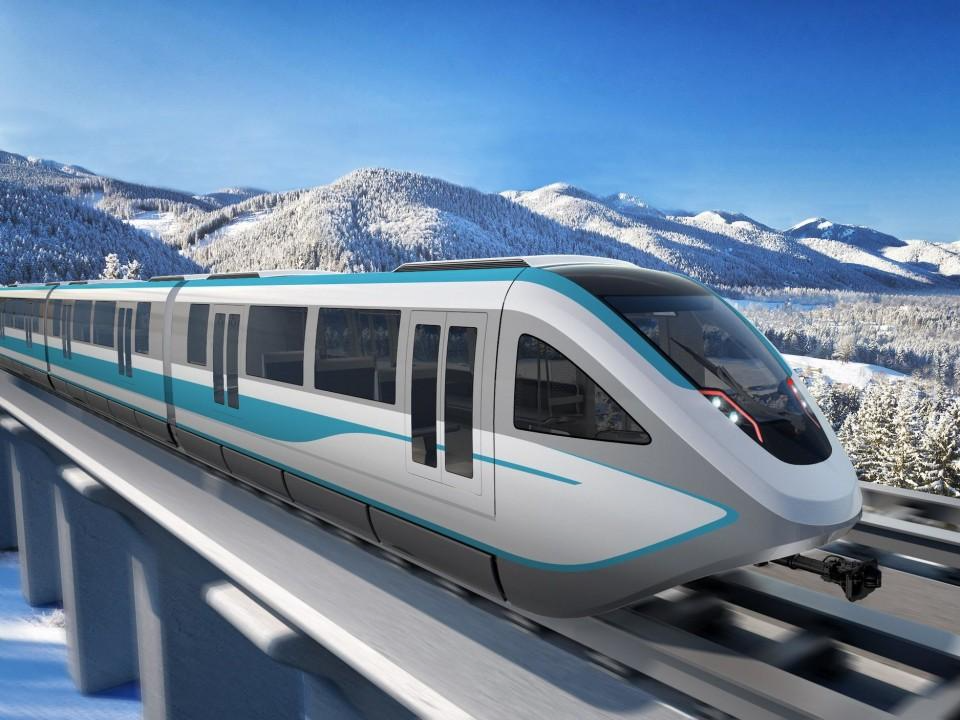
In 1842, British physicists first proposed the concept of magnetic levitation. In 1922, German engineer Hermann Kemper proposed the principle of electromagnetic levitation. After the 1970s, as the economic strength of industrialized countries continued to increase, Germany, Japan, and the United States successively carried out the research and development of magnetic levitation transportation systems in order to improve their transportation capabilities to meet their economic development and people's livelihood needs.
To
China's magnetic levitation technology is at the world's leading level
What is the level of independent research and development of China's maglev technology? According to Professor Cai Chuanbing, director of the Shanghai Key Laboratory of High Temperature Superconductivity at Shanghai University, there have been many successful independent research and development technologies and maglev demonstration lines in China. In terms of scale and operation, China's maglev technology is at the world's leading level.
In 2006, Shanghai opened the first maglev line in China. The line is only 30 kilometers, but as the world's first commercially operated maglev line, not only the technology has been verified, improved and localized, but it also serves as a good demonstration. At that time, many Germans were surprised that this technology was only a test line in Munich, but it was successfully put into commercial use in China.
In 2016, China's first low- and medium-speed maglev railway with completely independent intellectual property rights was opened in Changsha, Hunan; in 2017, China's second low- and medium-speed maglev line, Beijing Metro S1 line, was opened. It is understood that Anhui is also planning a high-speed maglev line from Hefei to Xuancheng during the "14th Five-Year Plan" period. Anhui strives for the country to deploy high-speed magnetic levitation transportation channels in the G60 Science and Technology Corridor, and firstly starts the Hefei-Wuhu (Jiangbei Emerging Industry Concentration Zone) experimental project R&D and construction, and gradually promotes the construction of the G60 Science and Technology Corridor high-speed magnetic levitation channel to achieve 1-hour access within the interval .
At present, the countries that have conducted research on maglev trains in the world are mainly Germany, Japan, Britain, Canada, the United States, the former Soviet Union and China. The United States and the former Soviet Union abandoned research projects in the 1970s and 1980s, respectively. In recent years, the United States has begun new research. Britain began to study maglev trains in 1973, but it was one of the first countries to put maglev trains into commercial operation. In April 1984, the 600m long maglev transportation system from Birmingham Airport to the railway station was officially put into operation. It only takes 90s for passengers to take the maglev train from the airport to the railway station. But in 1995, after 11 years of operation, the operation was suspended. At present, Germany and Japan have the most mature research on maglev trains.
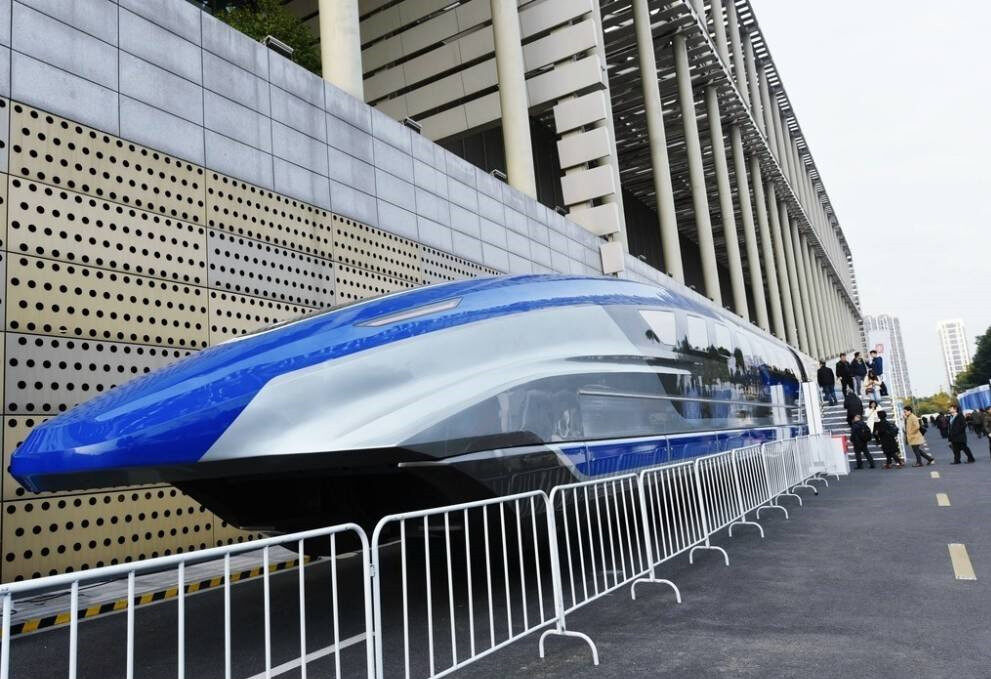
Currently, there are only two maglev trains in China. Shanghai maglev train, which is also the world's first maglev train demonstration operation line. It takes only 8 minutes from Pudong Longyang Road Station to Pudong International Airport, which is more than 30 kilometers. The Shanghai Maglev Special Line starts from Longyang Road Station on Shanghai Rail Transit Line 2 in the west and ends at Shanghai Pudong International Airport in the east. The special line is 29.863 kilometers long and was jointly developed by China and Germany. On May 16, 2014, it was the first in China. The Changsha Maglev Project, a medium and low speed maglev transportation line with independent intellectual property rights, was officially started. After the line was completed and opened to traffic in the first half of 2016, it marks that China has become the fourth country in the world to master low-to-medium-speed maglev technology after Germany, Japan, and South Korea.
Du Jiahao, deputy secretary of the Hunan Provincial Party Committee and Governor of Hunan Province, pointed out that the core technologies of medium and low speed maglev mainly include suspension control technology, rail platoon manufacturing and installation technology, turnout technology, traction control technology, positioning speed measurement technology, electromechanical system integration technology, etc. , China has completely mastered the above-mentioned core technologies and successfully used them in the Changsha Maglev Project.
It is reported that the Japanese superconducting maglev technology achieves an experimental speed of 603KM/h, and the highest experimental speed of the German maglev train reaches 505Km/h. China has built the first international maglev train with an operating speed of 430Km/h, but the speed of 600 kilometers per hour is still blank in China! According to relevant expert groups, the current maximum operating speed of domestic high-speed rail is 350 km/h, and the economic speed of aviation cruise is 800~1000 km/h. In the future, a high-speed maglev transportation system with a speed of 600 km/h can fill the gap between high-speed rail and air transportation. The speed is blank.
China has operated low-speed maglev trains in Changsha and Shanghai, and Beijing will soon operate similar lines. However, the operating speed of these lines is below 100 km/h, and the maglev trains with higher speeds have not yet been put into commercial operation.
Construction of a 600-speed test line in Qingdao begins
"Thirteenth Five-Year" national key research and development plan "Modern Rail Transit Key Special Project" expert group leader, Beijing Jiaotong University professor Jia Limin said that the 600 kilometers per hour high-speed magnetic levitation project is expected to complete a 5 kilometers test line before 2021. At present, Shandong Province has the intention to construct the Jinan-Qingdao high-speed maglev system line, which may become the first operating line of the high-speed maglev system.
On October 21, 2019, CRRC announced that it would start the research and development of 600 kilometers per hour high-speed magnetic levitation and 400 kilometers per hour cross-border intermodal high-speed trains.
On October 28, 2019, China Railway Construction announced the establishment of China Railway Maglev Transportation Investment and Construction Co., Ltd. in Wuhan at a cost of 2 billion yuan, marking the official industrial operation of China's Maglev. Nowadays, the development of a high-speed magnetic levitation with a speed of 600 kilometers per hour will enable China to achieve a leading position in the global technology field.
On June 21, 2020, the 600 km/h high-speed maglev test prototype developed by CRRC Sifang Co., Ltd. was successfully tested on the maglev test line of Tongji University in Shanghai. Since the start of the project in July 2016, after nearly four years of scientific and technological research, the project team has broken through the key core technologies of the high-speed maglev series and successfully developed a test prototype. In the future, through the construction of high-speed maglev demonstration projects and the operation of 600 kilometers per hour, the continuous innovation of high-speed maglev technology will be promoted, and China's high-end equipment manufacturing upgrades and the development of strategic emerging industries will be promoted.
A strong competitor of fifth-generation vehicles
According to reports, there are three main types of magnetic levitation technology routes: electromagnetic attraction magnetic levitation, electric induction magnetic levitation and superconducting anti-magnetic levitation. At present, most of the low- and medium-speed magnetic levitations operated in China are of electromagnetic attraction type, using normally conducting coil electromagnets or combined with permanent magnets to achieve electromagnetic levitation. To
According to He Yunfeng, deputy director of CRRC Zhuzhou Electric Corporation’s Maglev Product Research Institute, a high-speed maglev with a speed of 600 kilometers per hour has the advantages of high energy efficiency, low energy consumption, high safety, environmental friendliness, high speed, and quick start and stop. Advantage. Its market application scenarios are wide, which can greatly improve the efficiency of urban commuting.
As an emerging high-speed transportation mode, high-speed maglev has rich application scenarios, which can be used for long-distance transportation, that is, "corridorized" transportation, forming high-speed corridors between large-scale hub cities or urban agglomerations, and promoting coordinated development between regions; and It is suitable for short- and medium-distance passenger transportation, that is, "commuting" and "same-city" transportation; used for commuting in large cities or intercity connections between neighboring cities in urban agglomerations, creating a half-hour to one-hour economic circle, and promoting metropolitan areas and urban agglomerations "Integration" and "same-city" development.
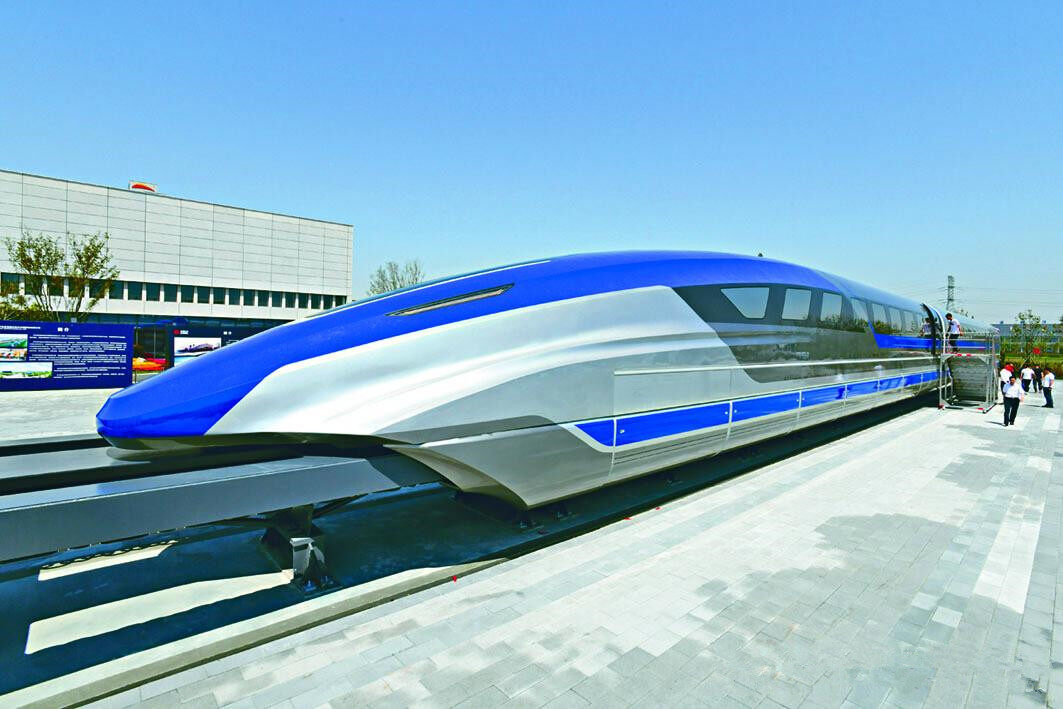
According to official public information, compared with foreign countries, the high-speed maglev trains developed by China have reduced energy consumption by 35%, reduced the temperature rise of electromagnets by 40°C, and reduced the weight of vehicles per unit of payload by more than 6%. The speed of 600 kilometers per hour also means that the speed of ground traffic will reach 2/3 of the speed of the aircraft.
Therefore, the high-speed maglev with a speed of 600 kilometers per hour will fill the speed gap between high-speed rail and air transportation, forming a multi-dimensional transportation architecture that makes aviation, high-speed rail, high-speed maglev and urban traffic more reasonable, efficient, flexible and convenient to meet the travel needs of different groups of people .
As the speed of the high-speed maglev train is "a little faster than the high-speed rail and a little slower than the plane", some people optimistically predict that it will become the fifth-generation vehicle. In the future, China's high-speed maglev trains will once again blow a Chinese dazzling wind. Editor/He Yuting
Comment
 Praise
Praise
 Collect
Collect
 Comment
Comment
 Search
Search


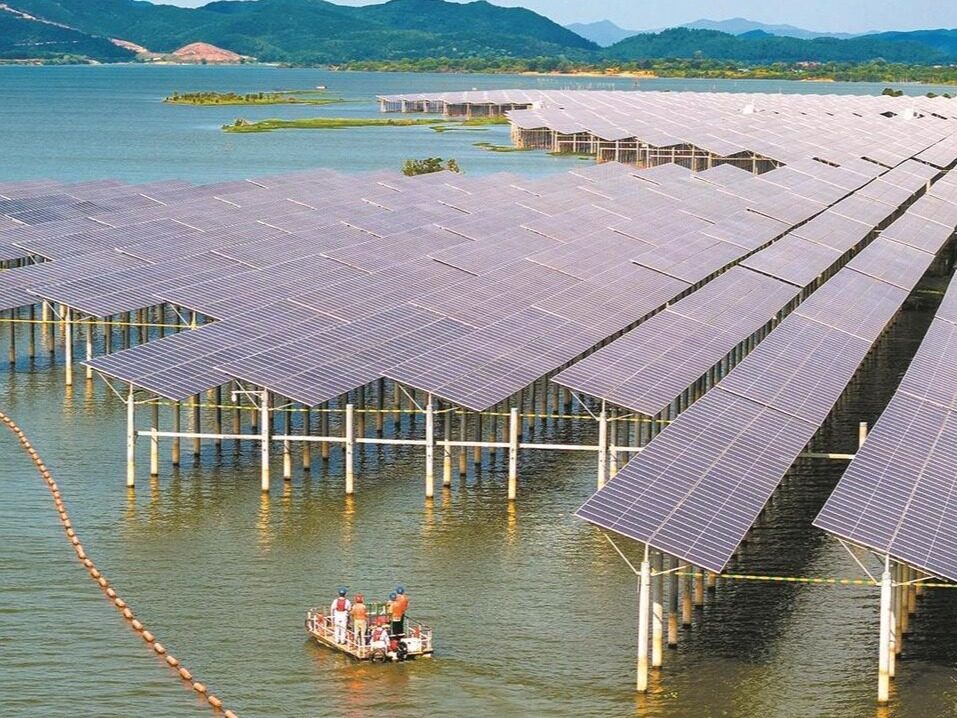
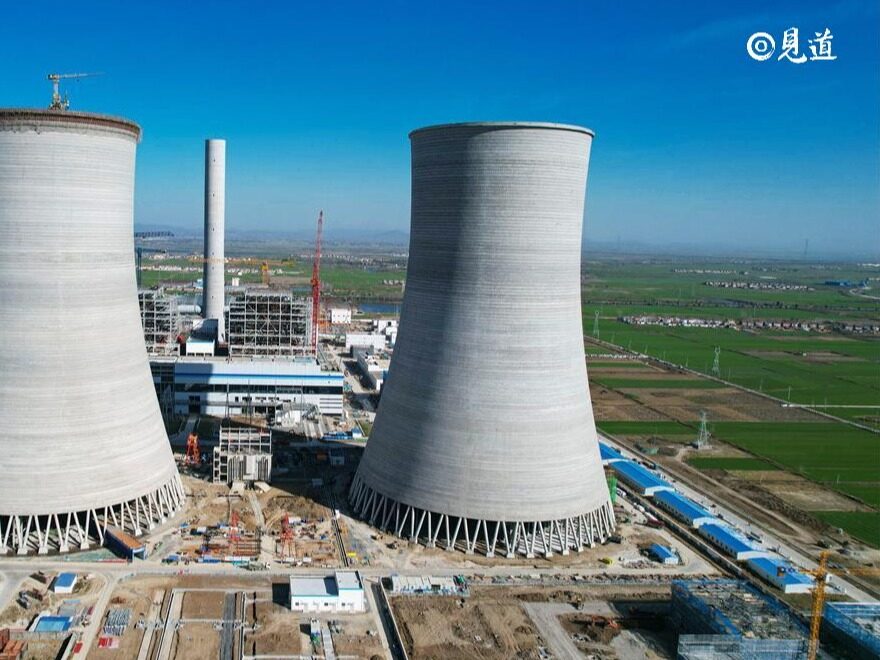
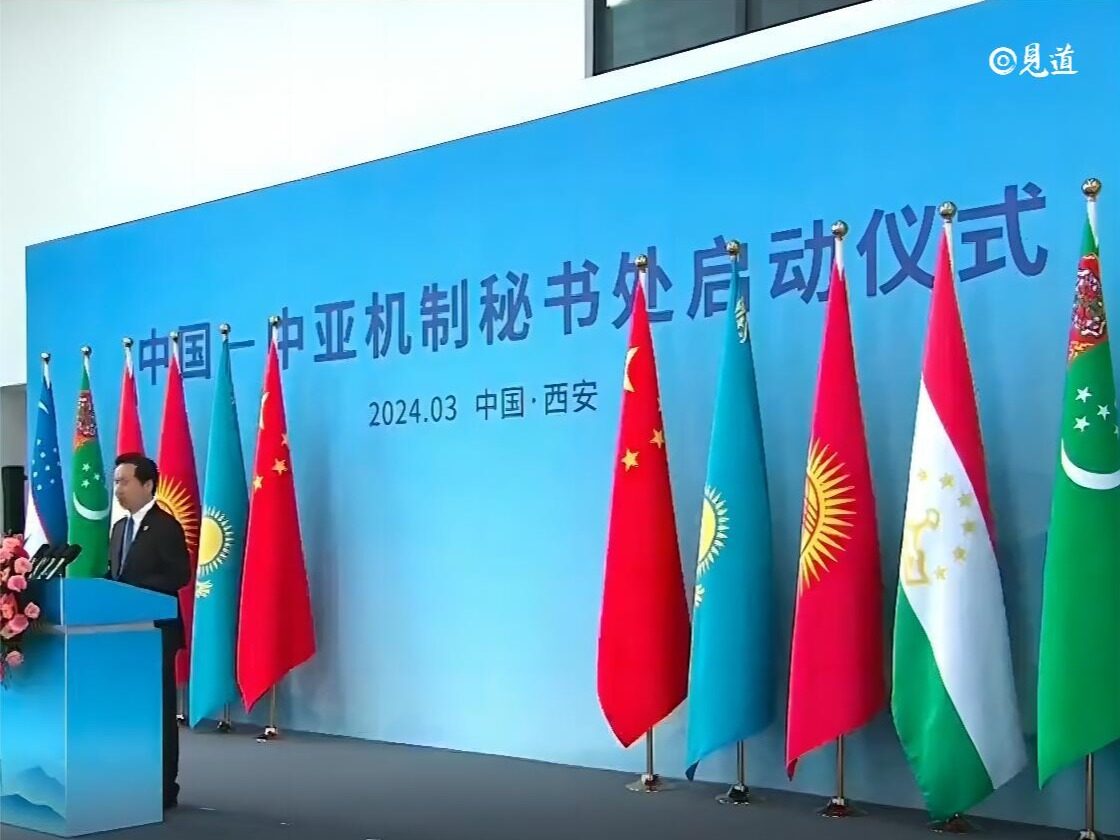
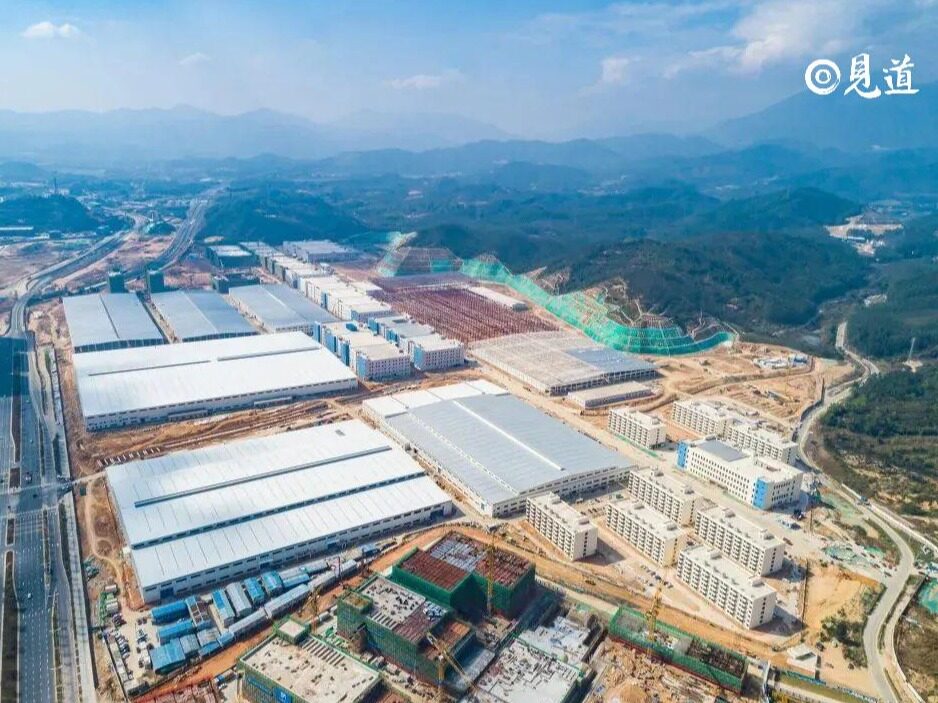

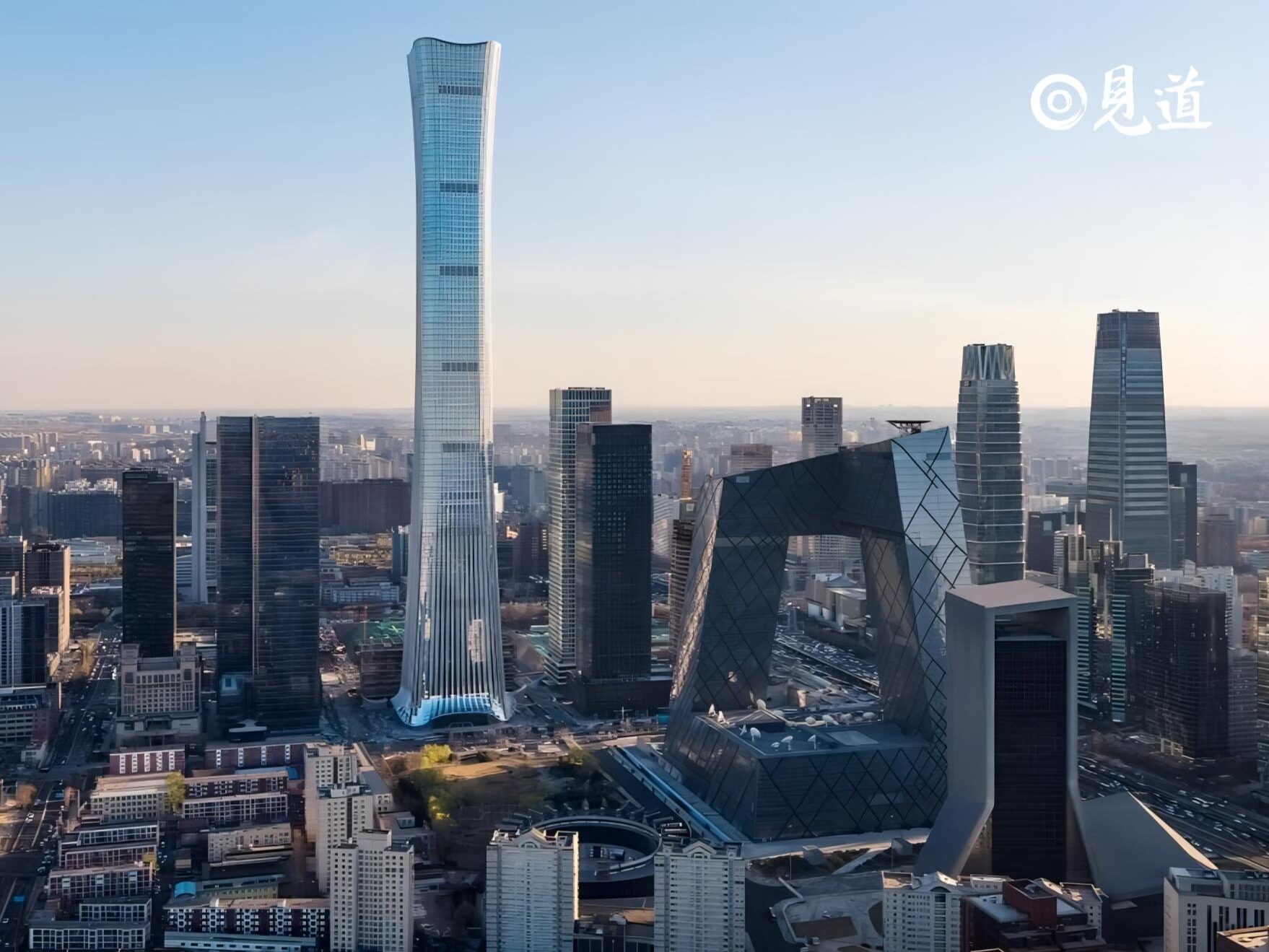






Write something~